Michael O’Donohoe made great use of statistical material in his research. He consulted Griffith’s invaluable records, the Census of Ireland (1659, 1901 and 1911), data from the register of electors and records of rates.
Today, with much of this material accessible online, it is important to acknowledge that sourcing information was far more time consuming during the not-too-distant period in which Michael conducted his research.
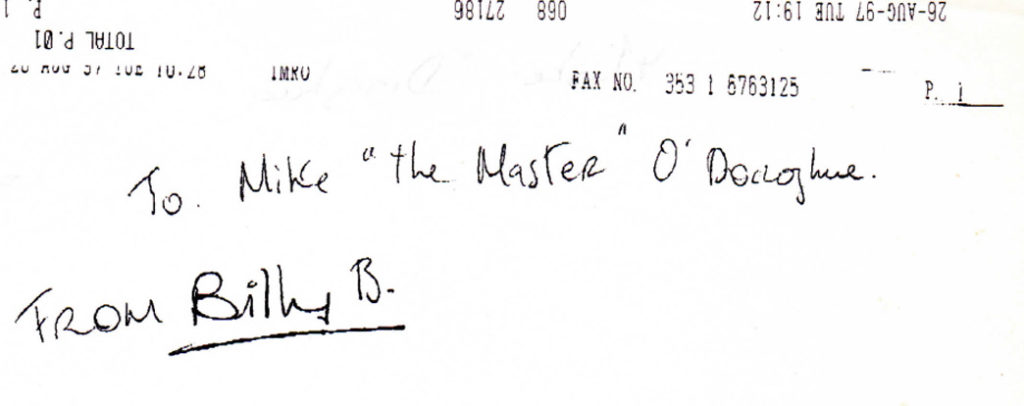
Locate and consult
Michael’s task was to locate and actually consult records: telephone calls, postage, fares, copies and prints had to be paid for.
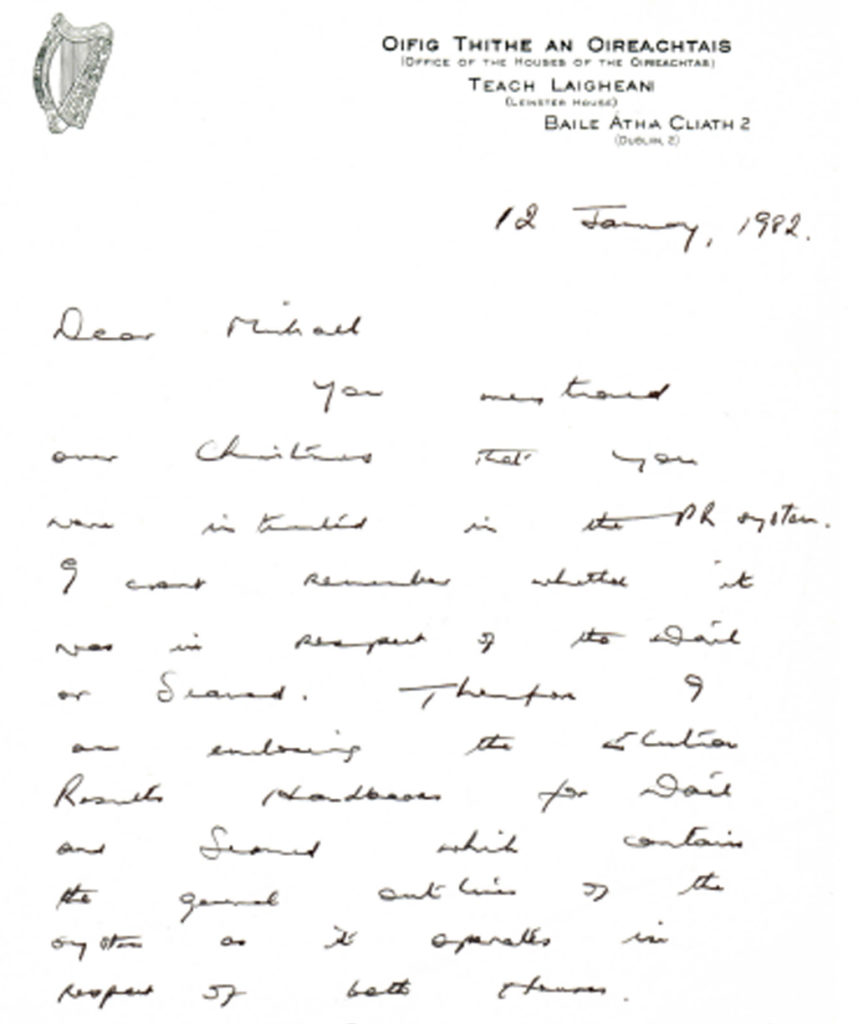
Rates records
Michael’s selection of rates records sits comfortably between Griffith’s Valuation of 1853 and the Census of Ireland of 1901. The records date to 1885, the year in which the Land Act (Ashbourne) was passed during the Land War
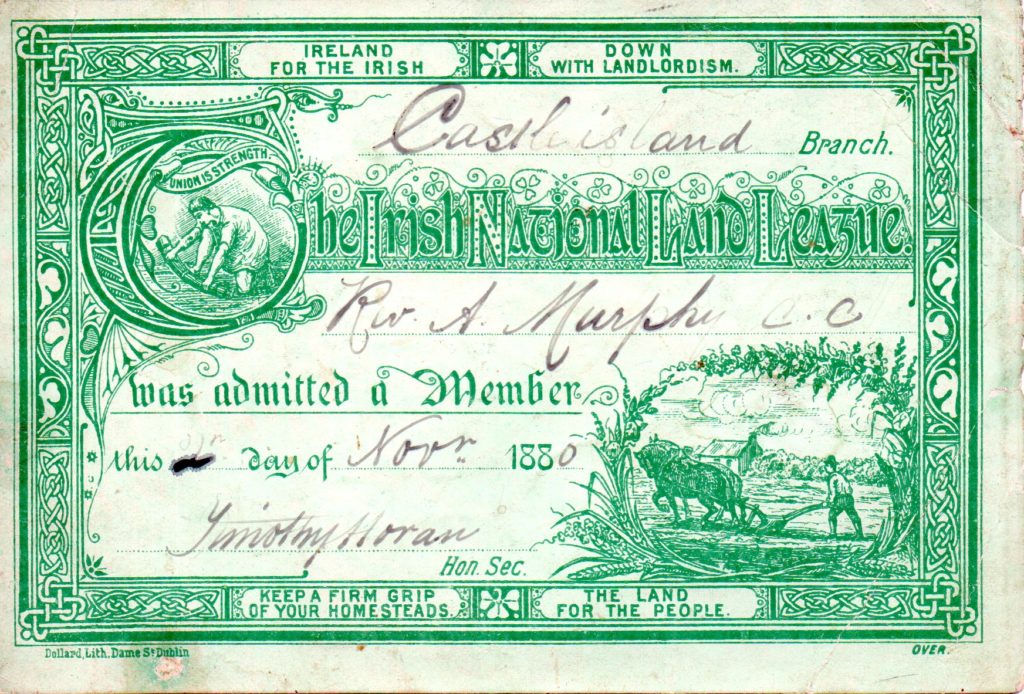
Genealogical tool
The printed records are a useful genealogical tool for they provide names of townland occupiers. Here and there, the rate collector made notes and alterations by hand, for example in Knocknagoshel West, John O’Connor was amended to Judith O’Connor and in the village of Scartaglin, John Moran was corrected to John Horan.
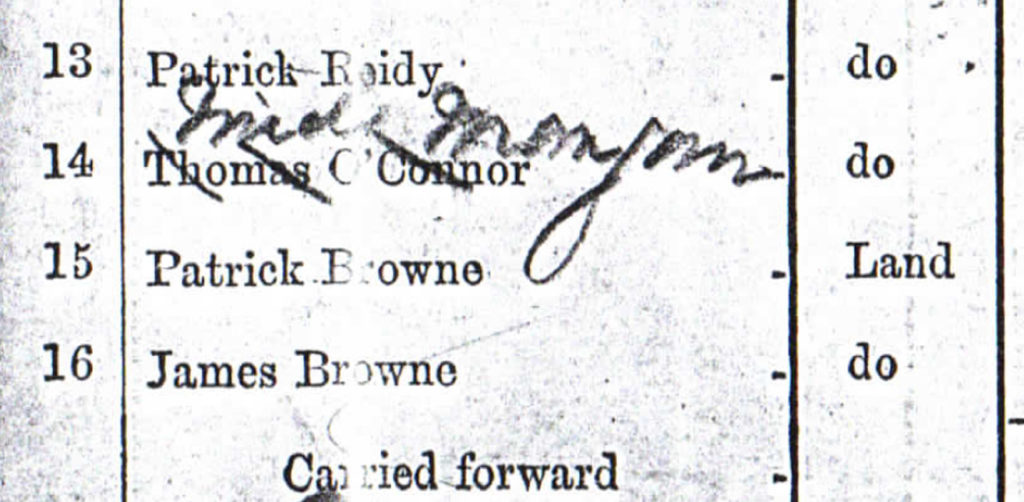
The scribbled comments in a column set aside for ‘observations’ are pithy. Again in Knocknagoshel West, a word next to the name of Denis Cahill states ‘evicted’ and Elizabeth Long is described as ‘pauper’.
Elsewhere observations are useful; we learn that Jeremiah Brosnan, Knocknagoshel West, is a ‘cooper’.
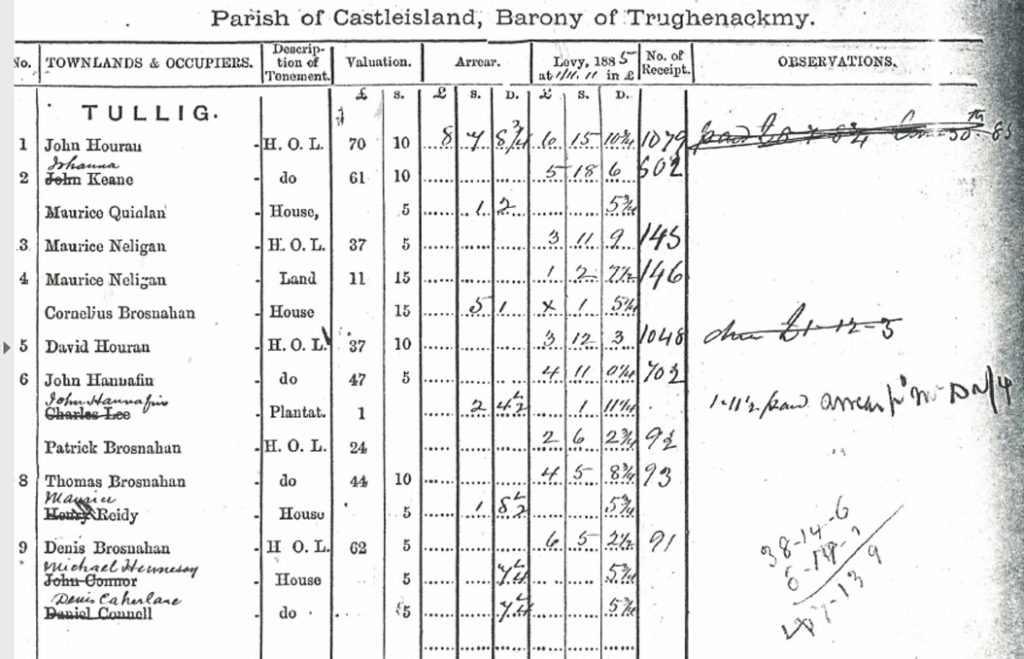
In the village of Brosna, alongside Simon Carmody’s name, is a note, ‘8pm 22 July 1885’. It gives a good indication of time, but also summons up the interaction between rate-payer and rate collector as they went about their business in a century that moves ever further away from us.


